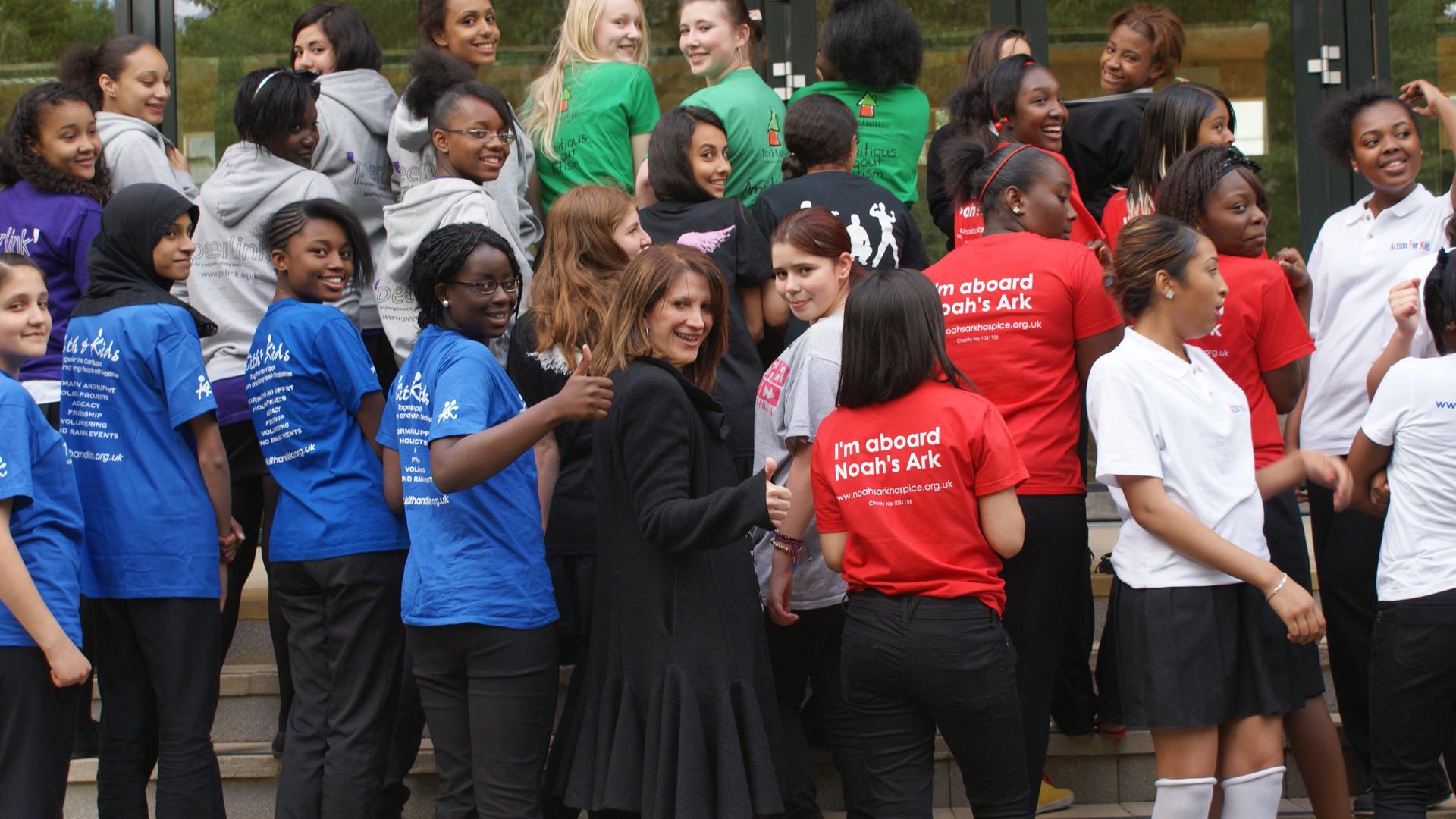One of the many challenges that charities face is keeping up with what young people want from the charities they support. How do they want to communicate with charities? What do they want to be involved in?
It’s no surprise that this can be unclear – young people are as diverse in their opinions, attitudes, likes and dislikes as any other group. Here’s a snapshot of what we’ve learnt from our recent research with seven to 16 year olds as part of our Youth Engagement Monitor.
Set out your core values early on
Adults and young people view the ideal qualities of charities in similar ways, in addition to ideas about qualities that individual charities embody. When surveyed, both young people and adults place ‘caring’ and ‘trustworthy’ as their top two ideal charity attributes. Alternatively, being ‘modern’, ‘cool’ or ‘inclusive’ are less of a priority and appear near the bottom of the list in both age groups.
This highlights how important it is for charities to understand what influences brand perceptions and to ensure they communicate their beliefs and values to children and young people just as strongly as they do to adults. Once ideas about a charity being ‘old-fashioned’ rather than ‘inspiring’ take hold in young people, they may be difficult to shift as they grow older.
How you use social media is important
11-16 year olds are keen to engage with charities online. Half of them agree that charities should have a separate website for young people and two in three think that charities should be using Facebook to get the young involved. This interest is consistent with 2011 levels and, despite reports in recent months of teenagers migrating from Facebook towards WhatsApp, Twitter or Snapchat, it suggests there is still a space for charities to be reaching Facebook fans.
It is possible that rather than completely abandoning Facebook, young people, like other groups, use different forms of social media for different purposes. That said, if social media use among young people continues to become more niche, charities will need to increasingly invest in identifying both the right sites and the right social objects (e.g. videos, images) to communicate.
…But it’s not the be all and end all
The interaction young people have and want to have with charities goes far beyond school charity fundraisers or ‘liking’ or ‘sharing’ something via social media. Embedding young people in strategies across different parts of your organisation helps to ensure your message speaks to them and will sustain engagement as they grow older.
Many charities are able to successfully use advisory boards of young people and find that they are able to offer insights that positively affect the direction of their work. The potential is particularly there for charities working in causal areas that young people have had personal experience of or where they have been beneficiaries and can help and support others as a volunteer or campaigner.
This audience can be a tricky one to direct attention to if you’re not a children’s charity or working with them as beneficiaries. However, young people are the charity supporters and donors of tomorrow and it’s vital to avoid a demographic time bomb. If supporters grow older and are not replaced by younger generations, awareness of a charity falls.
Is this youthful? Or have you teen something you disagree with? Leave us a comment below.

